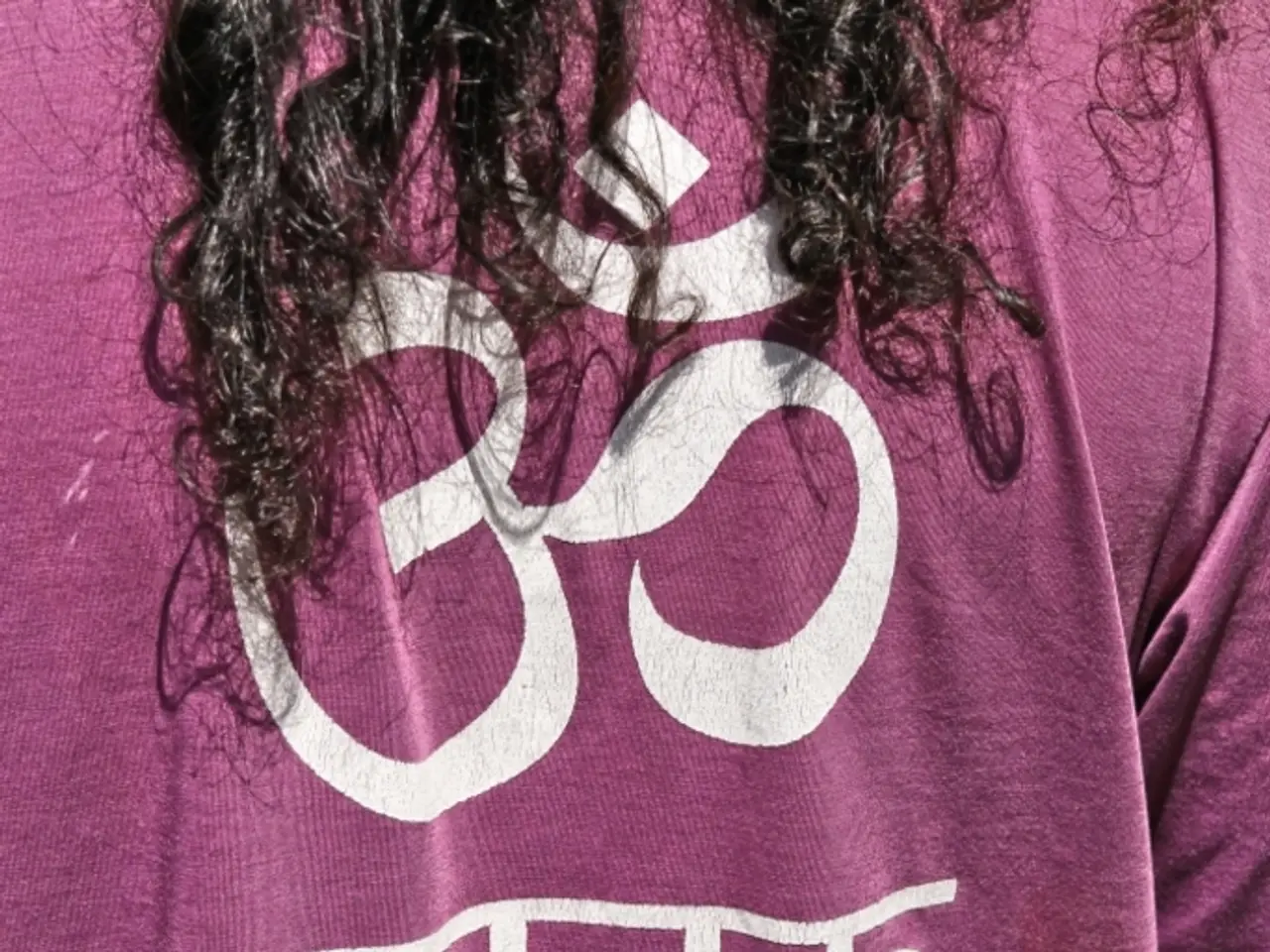Exercises to alleviate migraine discomfort
===================================================
Doctors often prescribe antidepressants, nonsteroidal anti-inflammatory drugs (NSAIDs), and beta-blockers to treat migraines. However, incorporating regular stretching into your daily routine can also provide significant relief. These simple exercises focus on loosening tight muscles in the neck, shoulders, and upper back, which are common contributors to migraine headaches.
Key Stretches for Migraine Prevention and Relief
- Upper Trapezius Stretch: Sit tall, hold the edge of a chair with one hand, tilt your head opposite and gently pull with the free hand toward the shoulder. Hold for 30 seconds, repeat 3 times per side.
- Levator Scapulae Stretch: Seated, hold the chair, turn head opposite and tuck chin down, gently pulling downward. Hold for 30 seconds, repeat 3 times per side.
- Scalene Stretch: Sit tall, drape a towel over one shoulder, pull towel down and tilt head away and look up. Hold for 30 seconds, repeat 3 times each side.
- Chin Tucks: Sit or stand upright, draw head straight backward like making a “double chin,” hold for 5 seconds, repeat 10 times. This exercise strengthens deep neck flexors.
- Neck Side Stretch: Tilt head to one side, bringing ear toward shoulder, hold for 15-30 seconds, then switch sides.
- Upper Back Stretch: Interlace fingers and push arms forward while rounding upper back, hold for 15-30 seconds.
Performing these stretches regularly can help release muscle tightness, encourage better posture, and reduce neck and shoulder strain linked to migraine triggers.
Frequency and Duration
Stretching at least 2 to 3 times daily, especially if sitting or using screens frequently, is recommended. Hold each stretch for about 15-30 seconds and repeat 3-5 times per side for neck stretches. Gentle, consistent stretching over time improves flexibility and reduces baseline muscle tension, which helps prevent migraines related to muscle tightness.
Combining Stretching with Exercise
Combining stretching with strengthening exercises (like chin tucks) and aerobic activities enhances overall muscle support and blood flow, further aiding migraine relief and prevention.
If migraines or headaches persist despite these measures, consulting a physical therapist or healthcare provider is advisable to create a tailored plan based on individual needs.
Lifestyle Strategies for Migraine Management
In addition to stretching, people with migraine can try lifestyle strategies to reduce the risk of migraine attacks and improve symptoms when they occur. These include applying wet, cold towels or cold pads to the head, resting, drinking enough liquids, lying down in a dark room, avoiding noise, getting plenty of sleep, maintaining a sleep routine, eating meals at regular times, limiting caffeine and alcohol intake, drinking enough fluids, exercising regularly, making efforts to manage stress levels, and avoiding migraine triggers such as changes in the sleep schedule and medication overuse.
Yoga for Migraine Relief
Several yoga poses are thought to help migraine relief, such as the Thread the Needle Pose, which stretches the upper back and releases tension that may have built up in the shoulders. The Cat-Cow Pose helps stretch the neck, torso, and back and open the chest, which may aid in migraine relief. Downward-Facing Dog is a well-known yoga pose that promotes blood circulation to the head and releases tension throughout the body, which may help improve migraine symptoms. The Child's Pose can help reduce pain and relax the nervous system, and it helps stretch the upper back and relieve stress.
It's essential to opt for easy stretches that avoid putting your body in complicated positions, as doing so may have the opposite effect on the migraine attack and increase the risk of injuries. A doctor can recommend the most appropriate types of stretching to reduce migraine symptoms while staying safe.
[1] Source: Mayo Clinic (2021) [2] Source: American Migraine Foundation (2021) [3] Source: National Health Service (NHS) UK (2021) [4] Source: Headache (2020) [5] Source: The Journal of Headache and Pain (2021)
- Yoga, particularly the Thread the Needle Pose, Cat-Cow Pose, Downward-Facing Dog, and Child's Pose, may offer relief for migraines by reducing tension and improving blood circulation.
- When dealing with migraines, it is critical to choose stretches that are easy and avoid complicated positions to prevent worsening the condition and risking injuries.
- Physicians often prescribe various medications, including antidepressants, NSAIDs, and beta-blockers, to address migraines, but regular stretching can also provide significant relief.
- Key stretches for migraine prevention and relief include the Upper Trapezius Stretch, Levator Scapulae Stretch, Scalene Stretch, Chin Tucks, Neck Side Stretch, Upper Back Stretch, and other moves that focus on loosening tight muscles in the neck, shoulders, and upper back.
- A sedentary lifestyle and frequent screen usage can contribute to migraine triggers, making regular stretching even more crucial.
- Stretching at least 2 to 3 times daily for 15-30 seconds per exercise and 3-5 times per side for neck stretches is recommended for migraine prevention and relief.
- By combining stretching with strengthening exercises, aerobic activities, and maintaining a healthy lifestyle, individuals can create a holistic approach for managing migraines and improving their overall health and wellness.
- If migraines persist despite these measures, consult a physical therapist or healthcare provider to create a tailored plan based on individual needs for therapeuties and treatments, including nutrition, mental health care, and other medical-conditions and neurological-disorders management strategies.




